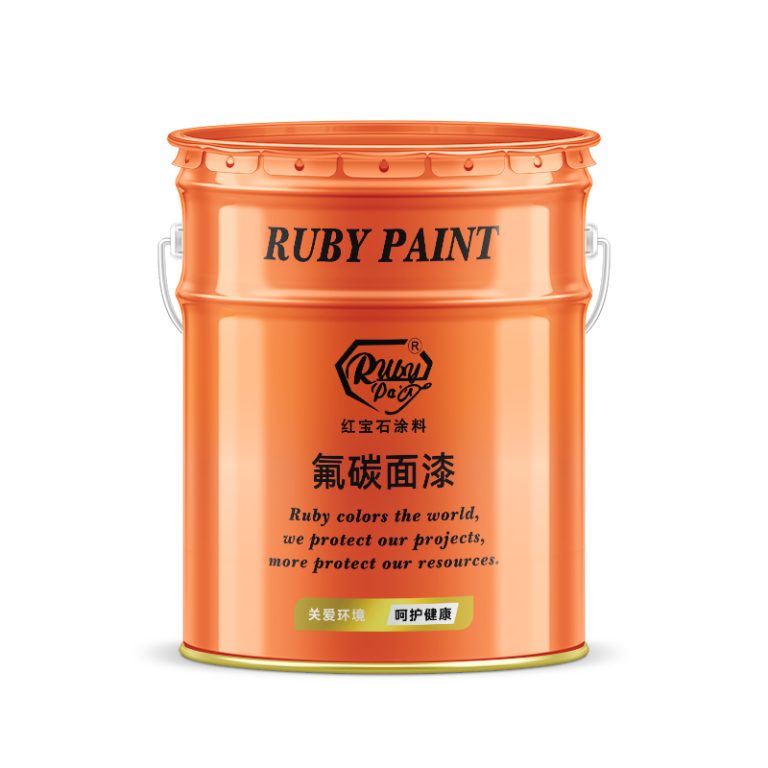Table of Contents
Ocean Waves
Marine painting, an art form that captures the essence of the ocean, has been a source of fascination and inspiration for artists for centuries. This genre, often referred to as maritime art, focuses on depicting the sea, ships, and the interplay of light and water. The allure of the ocean, with its powerful waves and ever-changing moods, has made it a compelling subject for painters who wish to convey both its beauty and its tempestuous nature.
One of the most captivating aspects of marine painting is the depiction of ocean waves. Artists who specialize in this genre must possess a deep understanding of the sea’s dynamics to accurately represent its waves. The challenge lies in capturing the movement and energy of the waves, which are never static and constantly influenced by the wind and tides. Through careful observation and skillful use of color and brushstrokes, artists can evoke the rolling, crashing, and splashing of the waves, transporting viewers to the seaside from the confines of a gallery.

The portrayal of light plays a crucial role in marine paintings, particularly in the rendering of waves. The interplay of sunlight with the water’s surface creates a myriad of colors and reflections that artists strive to capture. The changing light conditions throughout the day— from the soft hues of dawn to the golden glow of sunset— provide endless opportunities for artistic exploration. By manipulating light and shadow, artists can highlight the textures and forms of the waves, enhancing the overall sense of realism and depth in their work.
Historically, marine painting has also served as a means of documenting maritime activities and celebrating naval achievements. From scenes of calm harbors to dramatic depictions of naval battles, these paintings offer a glimpse into the relationship between humans and the sea. The ships featured in marine art, whether they are humble fishing boats or majestic sailing vessels, are often portrayed in great detail, showcasing the craftsmanship and design of different maritime eras.
In addition to its aesthetic and historical value, marine painting can also evoke emotional responses from viewers. The ocean is a symbol of both freedom and danger, and its representation in art can stir feelings of awe, tranquility, or even fear. The sight of a ship navigating through stormy seas can be a metaphor for human resilience and the struggle against adversity. Conversely, a peaceful coastal scene may provide a sense of serenity and escape from the hustle and bustle of modern life.
| Serial No. | Product Name |
| 1 | Epoxy Zinc rich paint |
As marine painting continues to evolve, contemporary artists are finding new ways to interpret the ocean’s waves. Advances in technology and new artistic techniques allow for more experimental and abstract representations, pushing the boundaries of traditional maritime art. These modern interpretations can challenge viewers’ perceptions and encourage a deeper appreciation for the complexities of the sea.
In conclusion, marine painting is a rich and diverse genre that offers a window into the natural beauty and power of the ocean. Through their depictions of waves, light, and human interaction with the sea, marine artists provide us with a deeper understanding of this vast and mysterious element of our planet. Whether through realistic portrayals or abstract expressions, marine paintings continue to captivate and inspire, reminding us of the enduring allure of the ocean.
Ship Scenes
Marine painting, a genre that captures the essence of the sea and its vessels, has a rich history that dates back to the Renaissance period. This art form focuses on depicting ships and the overall maritime experience, often evoking a sense of adventure and the majesty of the ocean. One of the most captivating subjects within marine painting is ship scenes, which not only highlight the technical details of the vessels but also tell stories of naval history, exploration, and human interaction with the sea.
Ship scenes in marine paintings are often characterized by their dynamic compositions and intricate details. Artists who specialize in this genre pay close attention to the accuracy of the ships’ design, from the sails and rigging to the hull and deck layout. This precision not only serves an aesthetic purpose but also preserves historical maritime heritage. Each brushstroke captures a moment in time, reflecting both the technological advancements in shipbuilding and the evolving relationship between humans and the ocean.
| No. | Name |
| 1 | Industrial paint |
Moreover, ship scenes in marine paintings often include dramatic elements such as turbulent waters, stormy skies, or serene sunsets. These environmental factors contribute to the overall mood of the artwork and emphasize the unpredictable nature of the sea. The interplay between the ships and their surrounding elements invites viewers to contemplate the challenges and triumphs faced by sailors throughout history. It is this combination of technical detail and emotive storytelling that makes ship scenes a captivating subject within marine painting.
In addition to historical and technical representation, ship scenes also serve as a symbol of human exploration and the quest for knowledge. Many marine paintings depict vessels embarking on voyages to uncharted territories, reflecting the spirit of adventure that has driven maritime exploration throughout the centuries. These artworks not only celebrate the bravery and curiosity of explorers but also remind us of the vast, unexplored mysteries that still exist within our oceans.
Furthermore, ship scenes in marine paintings often include interactions between different cultures, highlighting moments of trade, conflict, or cooperation. These encounters remind viewers of the significant role that maritime travel has played in shaping human history and cultural exchange. By portraying these interactions, marine paintings provide a visual narrative of the interconnectedness of different societies and the impact of maritime activities on global development.
In conclusion, ship scenes in marine paintings offer a rich tapestry of historical, technical, and cultural narratives. Through meticulous attention to detail and evocative representations of the sea, these artworks capture the essence of maritime life and its significance to human history. Whether depicting the fury of a storm or the calm of a peaceful voyage, ship scenes continue to fascinate and inspire, serving as a testament to the enduring allure of the ocean and the vessels that navigate its waters. As viewers, we are invited to delve into the depths of these paintings and discover the stories they hold, gaining a deeper appreciation for the complex relationship between humanity and the sea.




